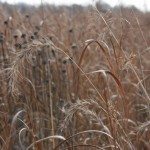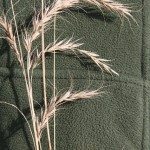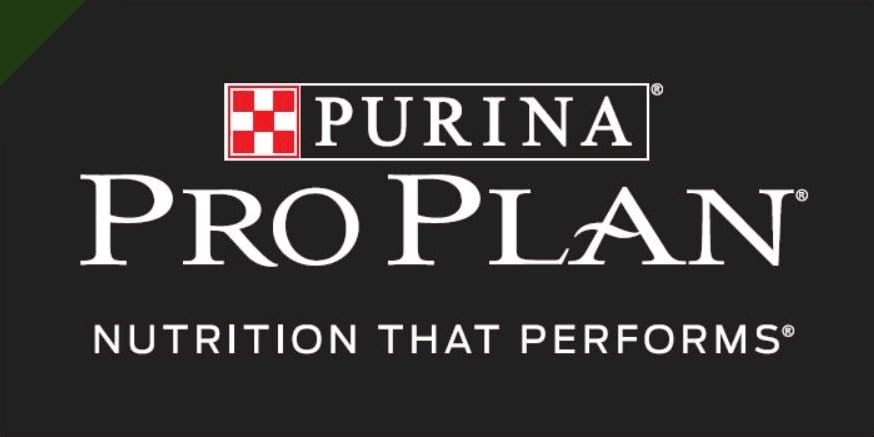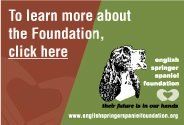For current information, see www.meanseeds.com
 Over the past several years, the ESSFTA has become aware of a number of Springers that have fallen ill due to infections related to grass awns. These seeds can penetrate the dog’s body through the skin, or be aspirated or swallowed as the dog runs through cover with loose seeds. Once in the body, the seeds migrate, leaving a trail of the bacteria they carry in their wake. Diagnosis of a grass awn infection is complicated because oftentimes the dog will not show any specific symptoms until he or she is seriously ill. Many veterinarians are not familiar with this type of infection, and delays in diagnosis once the dog becomes symptomatic can be fatal. A number of very fine Spaniels have been lost.
Over the past several years, the ESSFTA has become aware of a number of Springers that have fallen ill due to infections related to grass awns. These seeds can penetrate the dog’s body through the skin, or be aspirated or swallowed as the dog runs through cover with loose seeds. Once in the body, the seeds migrate, leaving a trail of the bacteria they carry in their wake. Diagnosis of a grass awn infection is complicated because oftentimes the dog will not show any specific symptoms until he or she is seriously ill. Many veterinarians are not familiar with this type of infection, and delays in diagnosis once the dog becomes symptomatic can be fatal. A number of very fine Spaniels have been lost.
If you have any helpful links that have not been included here, have a case history that you would like to contribute, or any other input, please contact the committee. At this point, our dogs’ best defense is an observant and informed owner, and the more we’re able to learn from one another about this problem, the further ahead we will all be.
The ESSFTA established the Grass Awn Committee in 2007 to investigate the problem in hopes of finding ways to mitigate the potential for these infections, and to educate dog owners. An informed owner can mean the difference between life and death for a dog that has acquired a plant material-borne infection.
Medical Information
If you're only going to read one article, start here: Actinomycosis and Nocardiosis
Springer Spotlight article 'Ask the Vet' Summer 2007 - Foxtail by Carol Roe Getty, DVM
The Mean Seeds; symptoms, diagnosis, and case histories by Cathy Lewis
ESSFTA Article Actinomycosis/nocardiosis
Cutaneous actinomycosis and nocardiosis in dogs: 48 cases (1980-1990). Kirpensteijn J, Fingland RB. Department of Clinical Sciences, College of Veterinary Medicine, Kansas State University
Cutaneous Nocardiosis in a Dog - Clinical Case Presentation
Foxtail Danger to Dogs (brief writeup with a good photo):
Actinomycetes & Mycobacteria, Microbiology (textbook chapter), S.G. Gbadamosi
Medical and surgical treatment of pyothorax in dogs: 26 cases (1991-2001) Matthew B. Rooney, DVM; Eric Monnet, DVM, PhD, DACVS Abstract - Journal of the American Veterinary Medical Association July 1, 2002, Vol. 221, No. 1, Pages 86-92 doi: 10.2460/javma.2002.221.86
Pyothorax – WSAVA 2005 Congress Proceedings
Eric Monnet, DVM, PhD, DACVS, ECVS, College of Veterinary Medicine, Colorado State University, Fort Collins, CO, USA
The American Brittany Club Actinomyces/Nocardia article by Fran Savage, DVM and Marv Nelson provides details regarding treatment protocol.
BLOG entries from a veterinarian who must treats his own setter for a Canada Rye seed injury - Jan 9 (abscess) and Jan 27 (surgery)
Plant information
Canada Wild Rye (Nodding Wild Rye)
Illinois Native Plant Guide - Nodding Wild Rye (Canada Wild Rye)
Kansas Wildflowers & Grasses - Canada Wild Rye
USDA - Plants Profile - Canada Wildrye (note the distribution map)
OSU Report on Canadian Wild Rye
Canada Wild Rye Photos:
Virginia Wild Rye
Illinois Native Plant Guide - Virginia Wild Rye
USDA - Plants Profile - Virginia Wildrye (note the distribution map)
Grass Awn Project Committee Members: Robert Montler, Peter Rainey, Carol Getty, DVM, Cathy Lewis
Contact the committee: ESShelp@essfta.org












